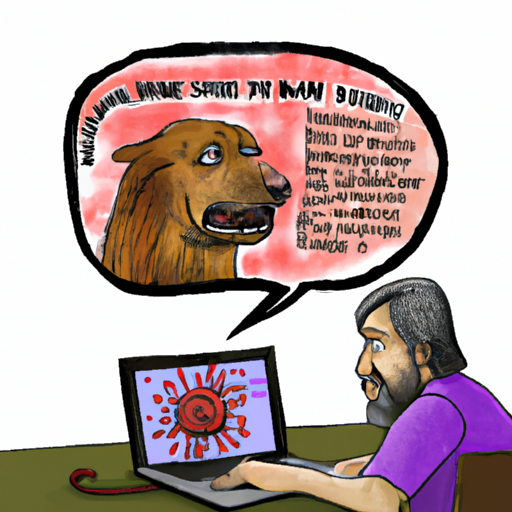What is Leptospirosis?
Leptospirosis, often referred to as ‘lepto’, is a bacterial disease that affects both humans and animals. In your role as a caregiver, it’s imperative that you understand the nature of this disease and how it can impact your beloved canine friend. Think of leptospirosis as an unwanted trespasser, lurking in your dog’s environment and waiting for the perfect opportunity to invade.
The bacteria that cause leptospirosis, Leptospira, can be found around the world in soil and water. When your dog comes into contact with these bacteria, they can enter the body and cause infection. The effects can range from mild symptoms to severe illness, and in some cases, even death.
How is Leptospirosis Transmitted to Dogs?
Leptospirosis is primarily transmitted to dogs through contaminated water, soil, or mud. Imagine your dog playing in a puddle or a lake — these are prime locations for the bacteria to thrive.
The bacteria enter the body through the skin, especially through cuts or abrasions, and via the mucous membranes of the mouth, nose, and eyes. Here’s how it can happen:
- Direct Contact:
- Contaminated water or soil comes into contact with your pet’s skin wounds.
-
Your pet drinks, swims in, or walks through contaminated water.
-
Indirect Contact:
- Contact with urine from an infected animal.
- Ingestion of tissue from an infected animal.
Signs and Symptoms of Leptospirosis in Dogs
As a caregiver, you’ve developed a keen eye for when your pet isn’t feeling their best. With leptospirosis, symptoms can vary from dog to dog. Some dogs may show no symptoms at all, while others may exhibit severe signs of illness.
Common signs can include:
- Fever
- Muscle pain
- Vomiting
- Jaundice (yellowing of the skin and eyes)
- Increased thirst and urination
It’s crucial to remember that these symptoms can also be associated with other diseases. If you notice any of these signs, it’s best to consult with your vet immediately.
Prevention and Treatment of Leptospirosis
Prevention is always better than cure, and this rings true for leptospirosis. You can take steps to reduce your dog’s exposure to the bacteria:
- Avoid allowing your pet to drink from or swim in bodies of water that might be contaminated.
- Control rodent populations, as rodents are common carriers of the bacteria.
- Vaccinate your pet against leptospirosis. Speak to your vet about the leptospirosis vaccine.
If your dog does contract leptospirosis, treatment usually involves antibiotics and supportive care. It’s important to note that leptospirosis can also affect humans, so always use caution when handling a pet with this disease.
Frequently Asked Questions (FAQs)
Q1: Can leptospirosis be cured in dogs?
A1: Yes, with early diagnosis and treatment, most dogs can recover from leptospirosis.
Q2: Can humans get leptospirosis from dogs?
A2: Yes, leptospirosis is a zoonotic disease, meaning it can be transmitted from animals to humans.
Q3: Is there a vaccine for leptospirosis in dogs?
A3: Yes, a vaccine is available for dogs. Your vet can provide more information.
Q4: Can all dogs get leptospirosis?
A4: Yes, all dogs can be susceptible, but those that spend a lot of time outdoors or in areas with high rainfall and flooding are at a higher risk.



